History is often filled with tales that captivate our imagination and shape our understanding of the past. However, not everything we’ve learned is as accurate as we might think. In this article, we’ll explore some historical “facts” that are surprisingly inaccurate, revealing the myths and misconceptions that have persisted through time. Get ready to discover the truth behind these commonly believed stories and see history from a fresh perspective.
Christopher Columbus Discovered America
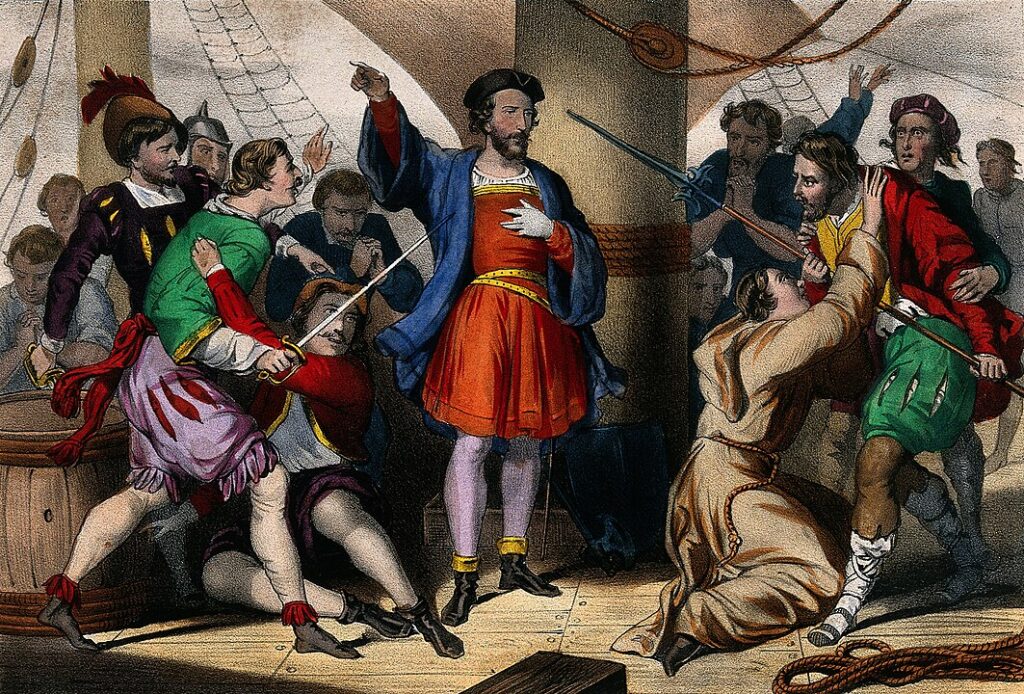
Contrary to popular belief, Christopher Columbus did not discover America. When he arrived in 1492, indigenous peoples had already been living there for thousands of years. Additionally, Norse explorer Leif Erikson reached North America around the year 1000, long before Columbus set sail.
Napoleon Bonaparte Was Short
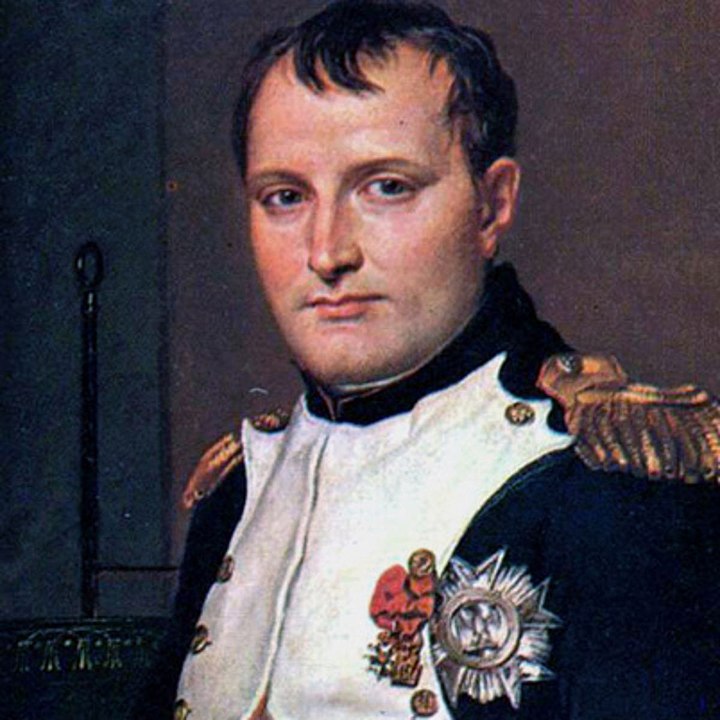
The image of Napoleon as a short man is a myth. He was actually around 5’6″ or 5’7″, which was average height for a Frenchman in the 18th century. The misconception likely arose from differences in French and British measurement systems and political propaganda.
Vikings Wore Horned Helmets
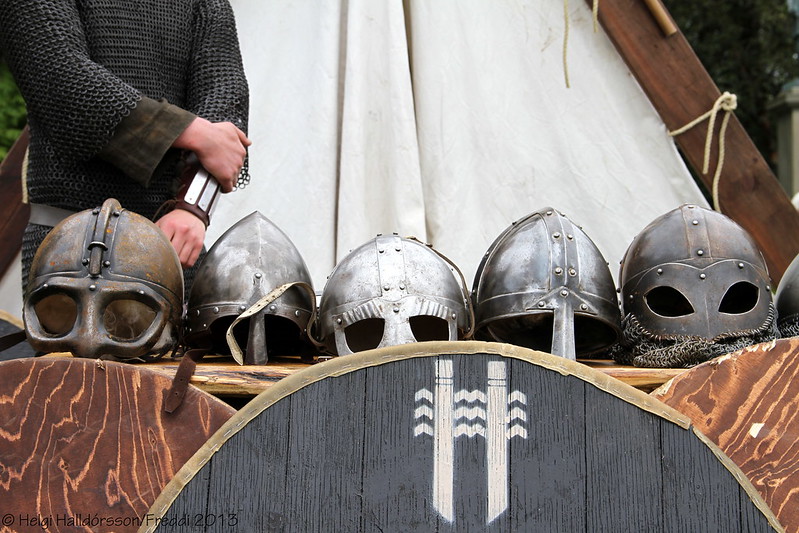
There is no historical evidence that Vikings wore horned helmets in battle. This image was popularized by 19th-century opera costumes. Actual Viking helmets were practical, without horns, designed for protection in combat.
Einstein Failed Math
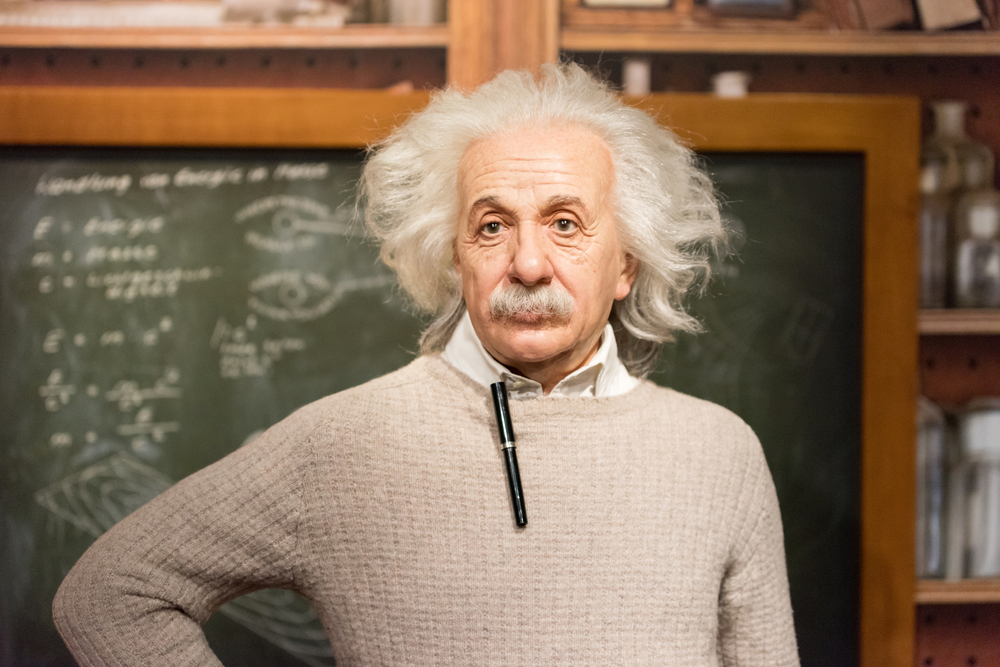
Albert Einstein did not fail math. By the time he was 15, he had already mastered differential and integral calculus. This myth possibly originated from a misinterpretation of his educational records or a misunderstanding of the Swiss grading system.
The Great Wall of China Is Visible from Space

The Great Wall of China is not visible from space with the naked eye. While it is long, it is relatively narrow and matches the color of the surrounding landscape, making it difficult to discern from orbit. This misconception was popularized before the advent of space travel.
Salem Witch Trials Burned Witches at the Stake
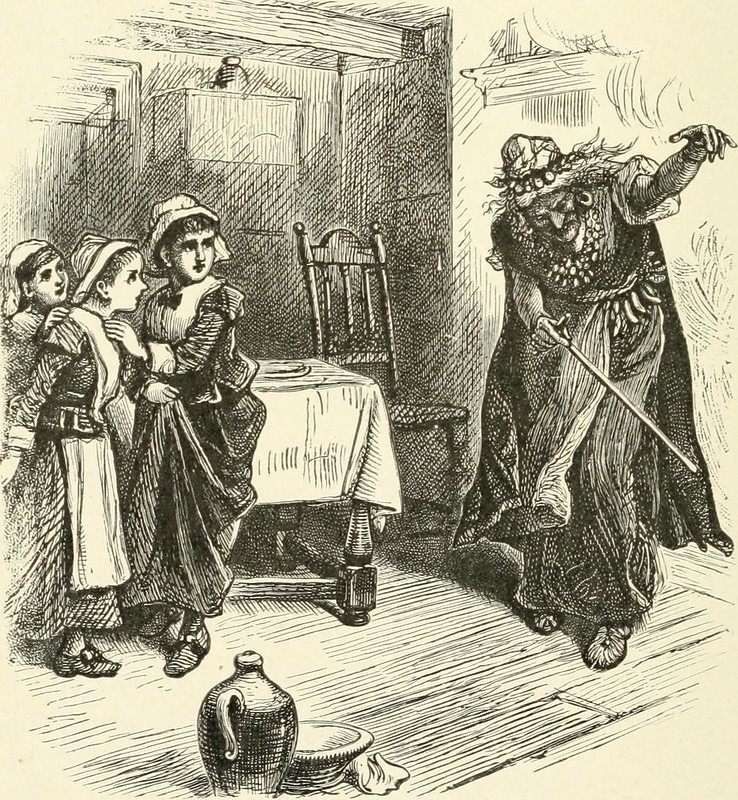
During the Salem witch trials in 1692, no witches were burned at the stake. Nineteen were hanged, and one was pressed to death with heavy stones. The burning of witches was more common in Europe.
Marie Antoinette Said, “Let Them Eat Cake”
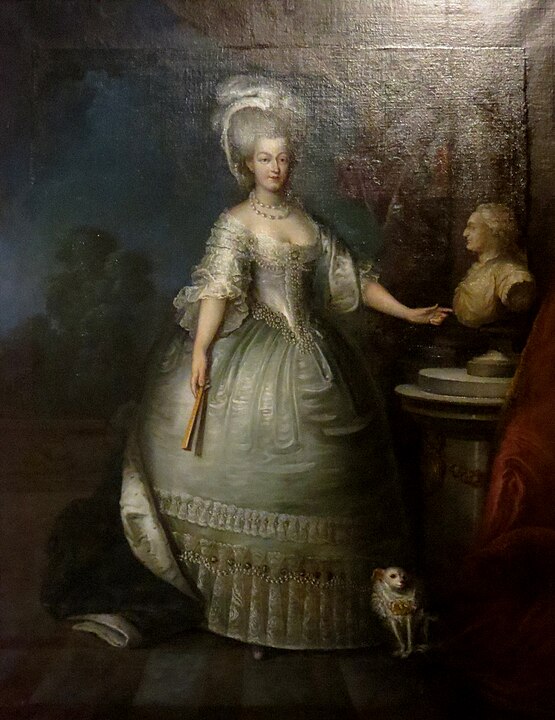
There is no evidence that Marie Antoinette ever said, “Let them eat cake.” This phrase was attributed to her years after her death and likely originated from political propaganda to portray her as out of touch with the common people.
The Emancipation Proclamation Freed All Slaves
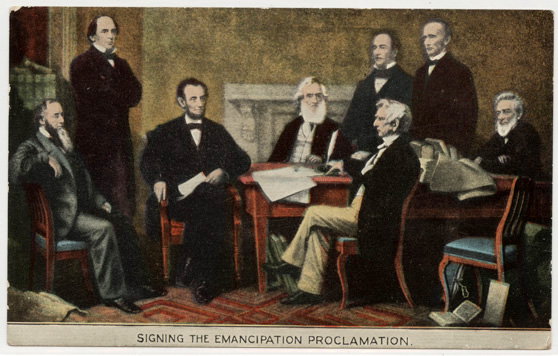
The Emancipation Proclamation issued by Abraham Lincoln in 1863 declared freedom only for slaves in the Confederate states still in rebellion, not in the border states or areas under Union control. It took the 13th Amendment to abolish slavery nationwide.
The Pilgrims Landed at Plymouth Rock
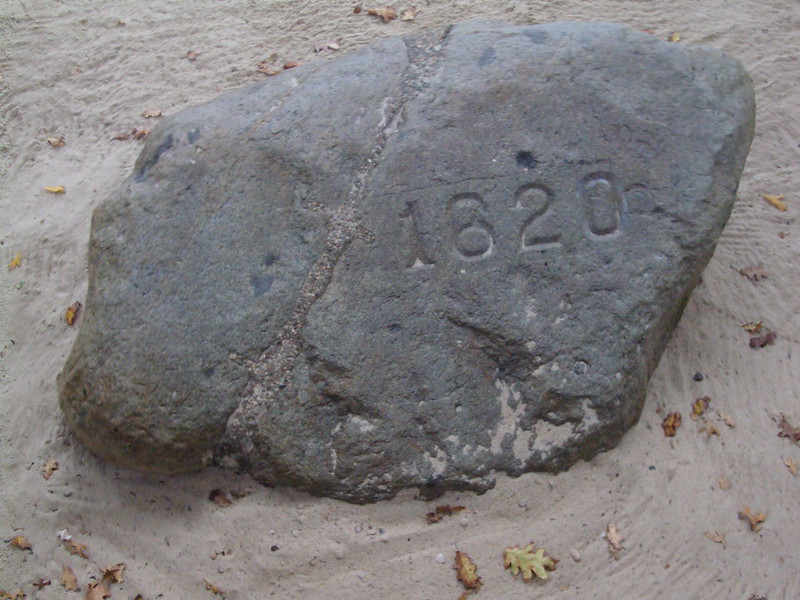
There is no historical evidence that the Pilgrims landed at Plymouth Rock in 1620. This story emerged more than a century after their arrival. The rock itself has become a symbol rather than a factual landing site.
George Washington Had Wooden Teeth
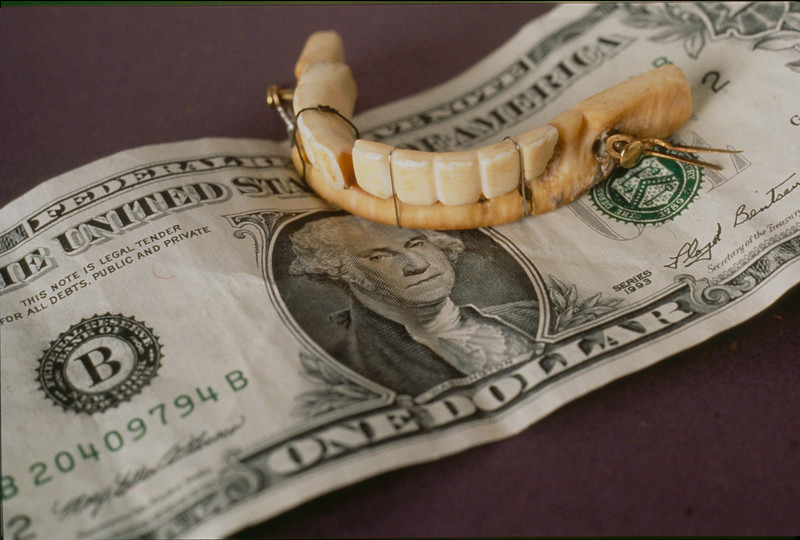
George Washington did not have wooden teeth. His dentures were made from materials like human and cow teeth, ivory, and metal. The wooden teeth myth likely arose from the dark appearance of some of these materials.
Thomas Edison Invented the Light Bulb
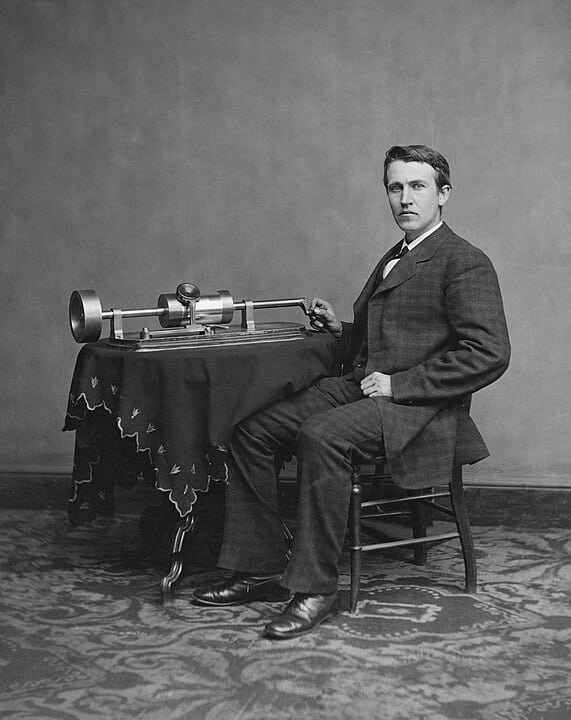
Thomas Edison did not invent the light bulb, but he improved upon earlier designs. Inventors like Humphry Davy and Joseph Swan made significant contributions to the development of electric lighting before Edison patented his version.
The Middle Ages Were a Time of Ignorance and Stagnation
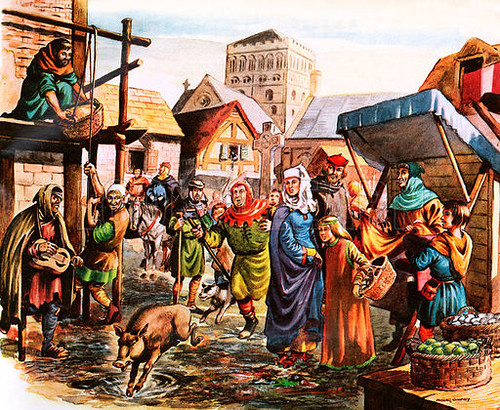
The term “Dark Ages” is misleading. The Middle Ages were a time of significant progress in areas like agriculture, architecture, and education. Many great universities and architectural feats like cathedrals were established during this period.
Isaac Newton Was Hit on the Head by an Apple
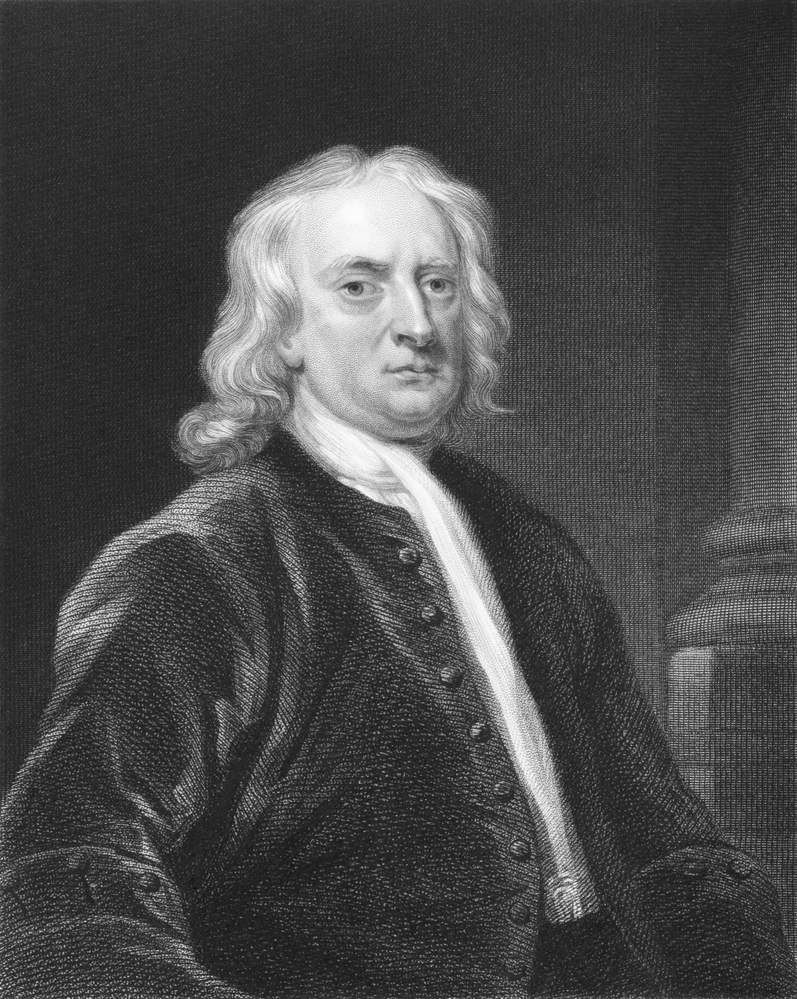
While Isaac Newton did reflect on the concept of gravity by observing an apple fall, the story of him being hit on the head by an apple is likely apocryphal. This tale was popularized to simplify his discovery for the public.
Walt Disney Created Mickey Mouse Alone
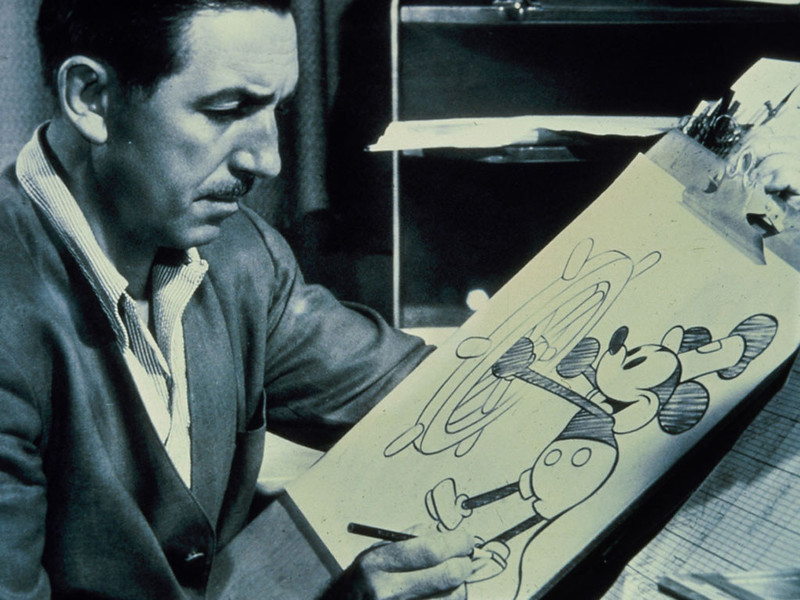
Walt Disney did not create Mickey Mouse alone; he collaborated with Ub Iwerks, who was instrumental in designing and animating the character. Disney provided the voice and personality, but it was a joint effort.
Medieval People Believed the Earth Was Flat
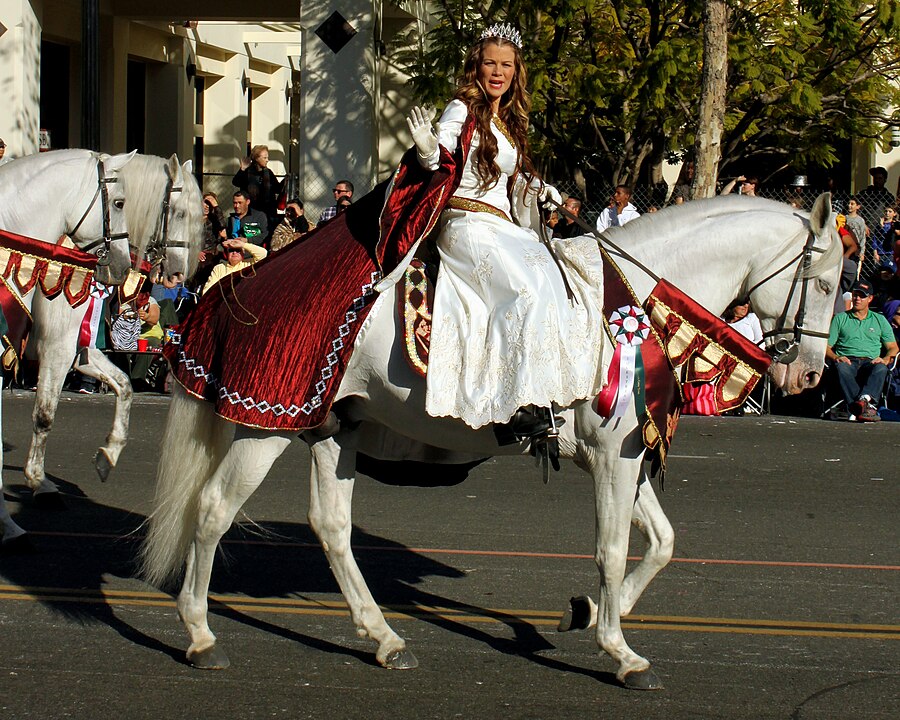
Most educated people in the Middle Ages knew the Earth was round. This misconception was popularized by 19th-century writers to portray earlier times as primitive compared to modern understanding.
Nero Fiddled While Rome Burned
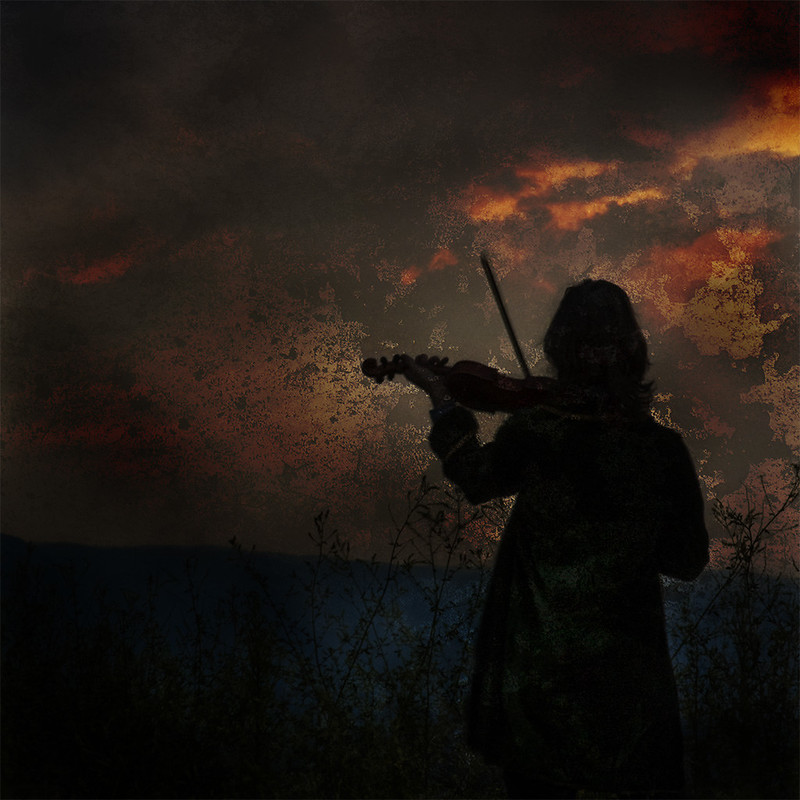
The story of Emperor Nero playing the fiddle while Rome burned is likely a myth. The fiddle did not exist at the time, and historical accounts suggest Nero was not in Rome when the fire started. He reportedly helped organize relief efforts afterward.
Marie Curie Died from Radiation Exposure in Her Lab
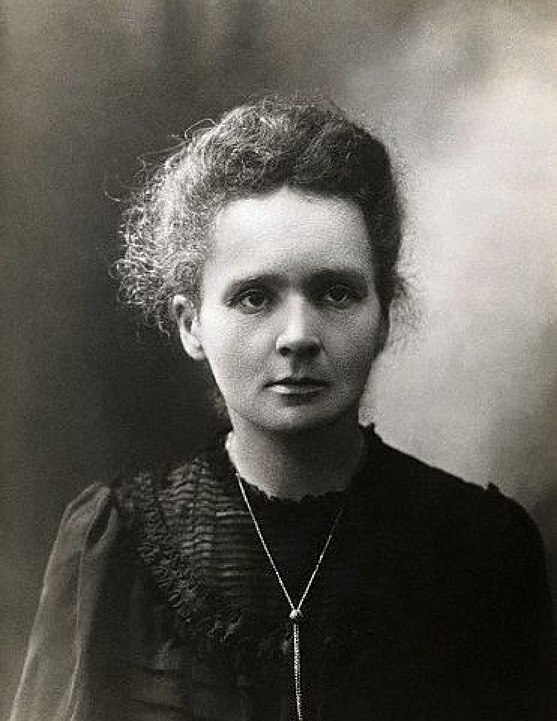
Marie Curie did die from complications related to radiation exposure, but it was not solely due to her lab work. She was exposed to high levels of radiation during her work and while assisting soldiers with X-rays during World War I, which likely contributed to her illness.
The Spanish Inquisition Was Uniquely Brutal
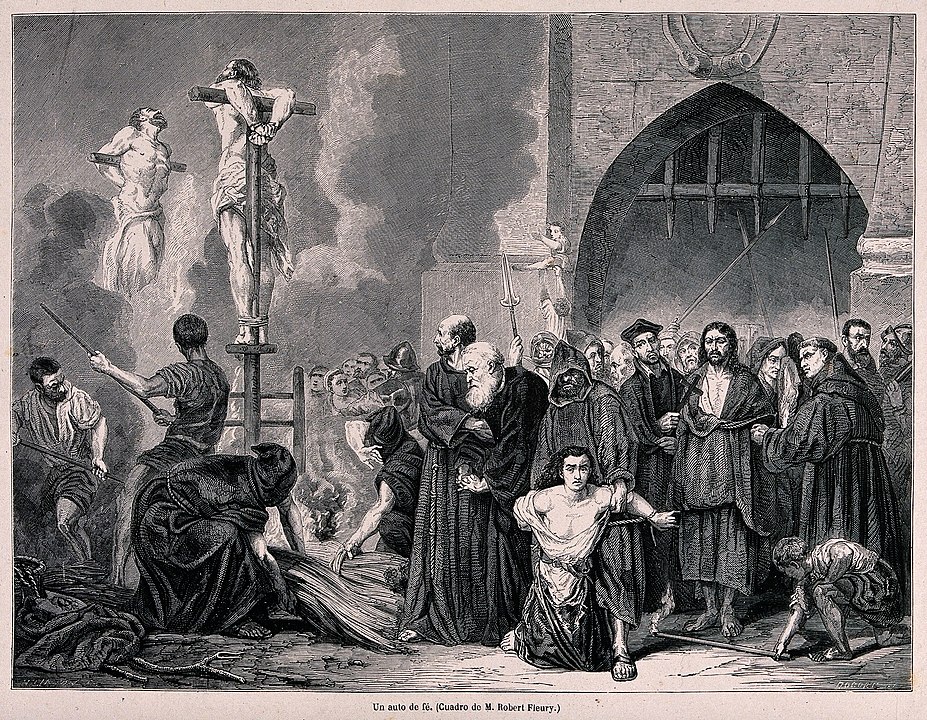
While the Spanish Inquisition was harsh, it was not unique in its brutality. Other European inquisitions and witch hunts, such as those in Germany and France, were equally severe. The Spanish Inquisition’s notoriety has been amplified by historical and cultural narratives.
The First Thanksgiving Was a Harmonious Feast
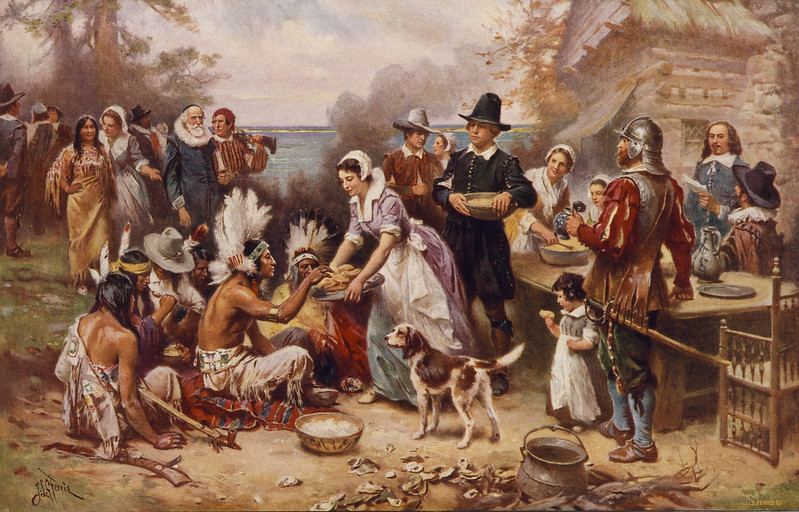
The first Thanksgiving in 1621 was not as harmonious as often depicted. It was a complex event involving uneasy alliances and negotiations between the Pilgrims and the Wampanoag people. The traditional narrative simplifies and idealizes the relationship.
Betsy Ross Sewed the First American Flag
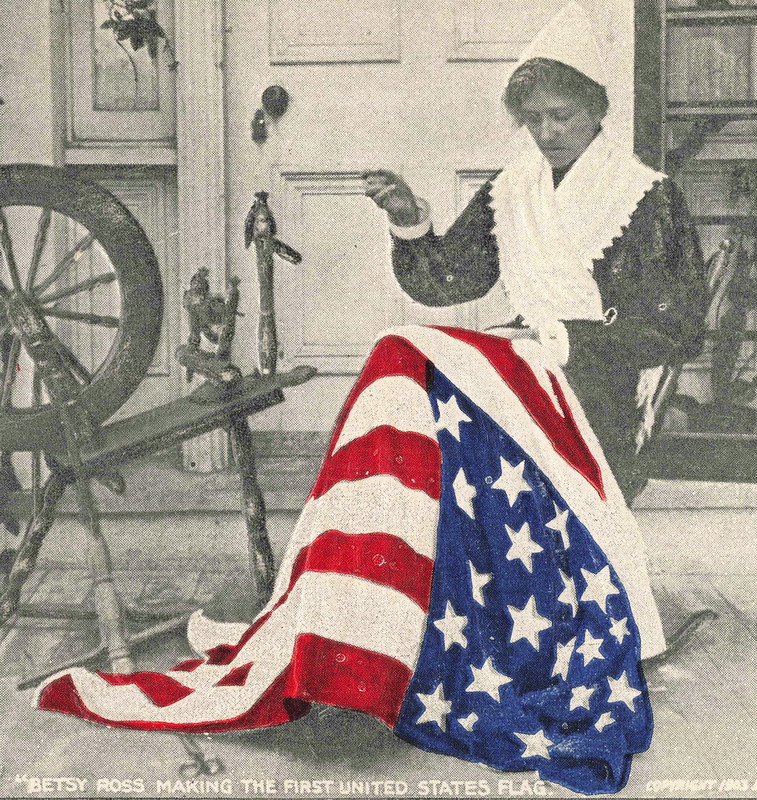
There is no historical evidence that Betsy Ross sewed the first American flag. The story emerged in the 1870s, promoted by her descendants. The actual design and creation of the first flag likely involved multiple contributors.
This article originally appeared on UnifyCosmos.
More from UnifyCosmos
16 Sleep Apps That Can Finally Help You Get a Good Night’s Sleep
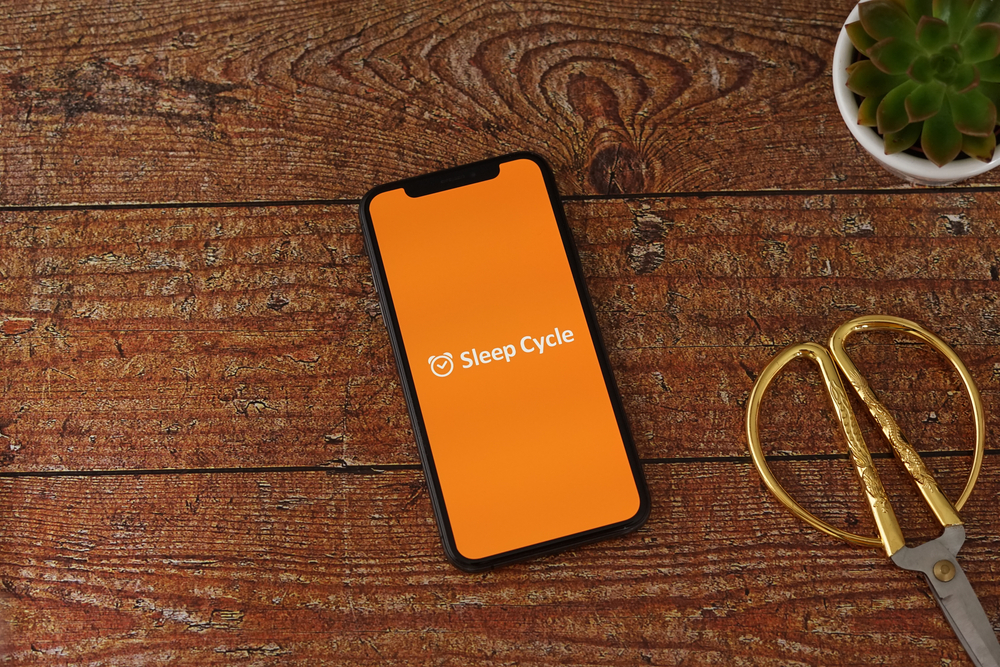
This article explores 16 of the best sleep apps, each with unique features to improve sleep quality. Whether you have insomnia or just want to enhance your sleep routine, these apps could be the solution you need. Read more!
25 Classic Bread Recipes from Various Cultures

Let’s explore some of the most beloved bread recipes from different cultures and learn what makes each one special. Read more!
20 Essential Ways to Stand by Your Friends in Any Situation

In this article, we’ll explore key principles for providing unwavering support to our friends through thick and thin. Read more!
Leave a Reply